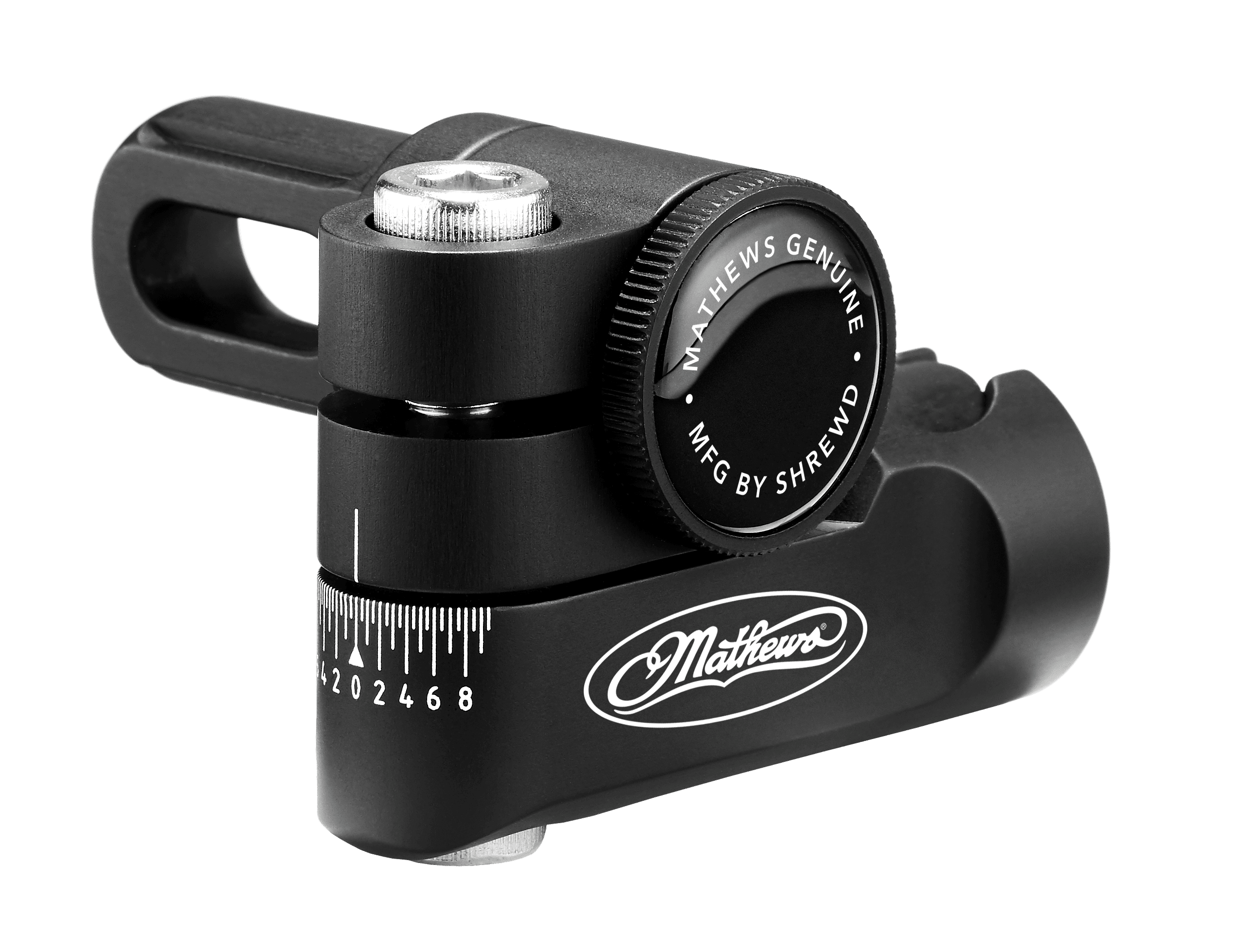Optimize Your Archery Accuracy With These Bow Stabilizer Techniques
One vital component that can dramatically affect your performance is the proper utilization of bow stabilizers. Whether you are an experienced archer looking to refine your abilities or a newcomer eager to boost your accuracy, understanding these bow stabilizer techniques might be the key to hitting your mark with unparalleled consistency.
Benefits of Making Use Of Bow Stabilizers
Utilizing bow stabilizers can significantly improve an archer's accuracy and total performance by lessening bow torque and vibration. In addition, bow stabilizers wet vibration, which not just improves the comfort of shooting yet additionally prevents the bow from jumping upon launch, therefore assisting in keeping proper purpose.
Moreover, bow stabilizers can aid in holding the bow steady, specifically throughout windy conditions or when shooting from longer ranges. The added weight at the front of the bow gives stability and equilibrium, permitting the archer to concentrate on intending without the diversion of bow motion. In general, the advantages of making use of bow stabilizers extend beyond just precision, boosting the archer's experience and efficiency in various shooting circumstances.
Selecting the Right Bow Stabilizer
Selecting the ideal bow stabilizer is important for optimizing your archery tools and boosting shooting efficiency. When choosing a bow stabilizer, there are numerous variables to think about to guarantee you discover the right suitable for your demands. Consider the weight of the stabilizer. Much heavier stabilizers can help in reducing bow torque and take in even more vibration, resulting in a steadier objective. Lighter stabilizers provide more maneuverability, which can be valuable in particular shooting scenarios.

Finally, consider the design of the stabilizer. Some stabilizers include flexible weights or dampeners that allow you to customize the equilibrium and feeling of your bow. Eventually, selecting the best bow stabilizer entails locating an equilibrium in between weight, design, material, and size to boost your capturing precision and general performance.
Proper Installment Methods
To guarantee ideal efficiency and safety and security in archery, grasping appropriate installation techniques for your bow stabilizer is vital. The first step in setting up a bow stabilizer is to recognize the right placement on your bow.
Following, firmly connect the stabilizer to the bow using the proper mounting hardware. It is vital to tighten up the stabilizer well to stop any wobbling during shots. Some stabilizers come with adjustable weights that can be included or gotten rid of to make improvements the equilibrium of your bow. Experiment with different weight arrangements to locate the optimal balance that fits your shooting style.

Changing Stabilizer Weight and Size
After making certain the appropriate installment of your bow stabilizer, the following action official source involves adjusting the weight and size to maximize its efficiency in boosting archery accuracy. The weight of the stabilizer plays a vital function in minimizing bow activity during the shot cycle. Adding weight to the stabilizer can aid boost and wet vibrations stability, causing more accurate and consistent shots. On the other hand, decreasing the weight can increase ability to move, which is useful for circumstances calling for quick target acquisition.
A longer stabilizer can provide higher stability by boosting the distance in between the bow and the weight at the end of the stabilizer. On the other hand, a much shorter stabilizer provides more ability to move and might be chosen by archers who value agility and quick movements during shooting.
Advanced Stabilizer Tuning Tips
Achieving optimum bow stability and accuracy in archery demands a nuanced approach this contact form to innovative stabilizer tuning. Advanced stabilizer tuning includes fine-tuning various elements to improve the bow's equilibrium, reduce vibration, and improve general precision. One key strategy is to trying out different stabilizer configurations, including side-bar and back-bar configurations, to discover the optimal balance between stability and ability to move for your capturing style. bow stabilizer. Additionally, changing the angle and positioning of the stabilizer can have a significant effect on exactly how the bow reacts upon release.
Another critical facet of advanced stabilizer tuning is enhancing the damping residential properties of the stabilizer system. This can be attained by integrating additional dampening devices such as rubber dampeners or harmonic stabilizers to further reduce resonance and noise. Discovering different materials for the stabilizer construction, such as carbon fiber or aluminum, can likewise influence the bow's performance by altering its weight distribution and rigidity. By meticulously make improvements these sophisticated stabilizer elements, archers can optimize their precision and uniformity on the array or in competitors.
Verdict
In verdict, optimizing archery accuracy can be attained through the correct selection, installment, and adjustment of bow stabilizers. On the whole, integrating bow stabilizers right into archery method can lead to enhanced efficiency and enhanced precision.
Using bow stabilizers can considerably boost an archer's accuracy and total performance by decreasing bow torque and vibration. Longer stabilizers supply greater stability and equilibrium, particularly for long-distance shooting, while shorter stabilizers supply more flexibility and are easier to maneuver in limited rooms (bow stabilizer). Carbon fiber read this article stabilizers are resilient and lightweight, while aluminum stabilizers are durable and give excellent resonance wetting
A longer stabilizer can offer better security by enhancing the range in between the bow and the weight at the end of the stabilizer.An additional critical aspect of sophisticated stabilizer adjusting is maximizing the damping residential properties of the stabilizer system.
Comments on “Master Your Goal with High-Quality Bow Stabilizers: Store Now!”